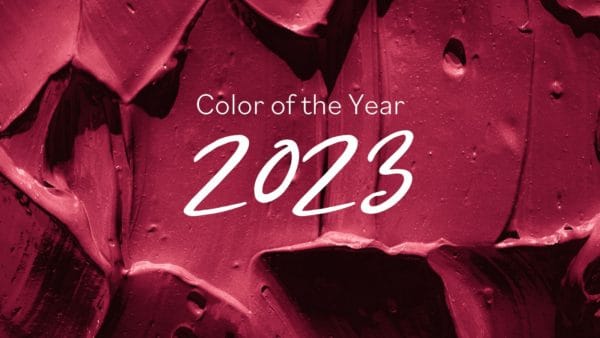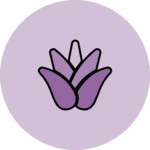3 Beauty and Personal Care Key Trends To Watch in 2023 #4

2022 was the year where we saw a real transition from the habits formed during the pandemic, back to what it was pre-pandemic. As people began to go out, socialise or even travel again, consumers regained some sort of normalcy, with a different lens—focusing on self-care as part of skincare routine instead of just an occasional treat, wearing makeup again but with emphasis on different parts of the face, or putting sustainability and green beauty as a priority when choosing the products to use.
For 2023, market intelligence agency Mintel has identified three key trends that will impact the Beauty and Personal Care categories that will affect the year, and beyond.
# 1 Beauty RX

With the pandemic, consumers end up wearing less makeup as they’re stuck at home during lockdowns. As a result, there’s a focus on skincare, with consumers being more aware and discerning about the products they put on their faces. This has forged a habit, where consumers delve more into the claims behind each product and the ingredients that are within the formulations.
With the pandemic, consumers end up wearing less makeup as they’re stuck at home during lockdowns. As a result, there’s a focus on skincare, with consumers being more aware and discerning about the products they put on their faces. This has forged a habit, where consumers delve more into the claims behind each product and the ingredients that are within the formulations.
Surveys have shown that 53% of US beauty consumers* research ingredients to better understand the effectiveness of products.
* 1,545 internet users aged 18+ who research ingredients used in products.
The focus is also on products that offer professional results, that could be performed in the comfort of their own homes. As normalcy returns, consumers still hope to achieve the professional results, with the convenience and access and are willing to go through lengths to research in order to find the one they want.
As a response to customers’ increasing appetite for new technology, beauty brands will continue investing resources into ingredient development to quell their needs for greater efficiency and innovation. This means that professional-grade products can be made more accessible to everyday consumers. There is also an increasing trend in the realm of precision medicine or customized healthcare, where advances in diagnostics and wearable devices come into play— where 34% of UK skincare users** expressing that they would be interested in using skincare formulas personalized for their skin concerns.
** 1,451 internet users aged 16+ who have used facial skincare products in the last 12 months
#2 Evolved Self-Care

The stress and isolation during the pandemic saw many turning to skincare and beauty routines as a way to uplift themselves. As costs of living, inflation and and impending recession looms over us, many people turn to beauty products and services for emotional comfort. The “lipstick index” shows that the sale of lipstick rises in times of economic uncertainty as consumers find simple and inexpensive ways to treat themselves.
Isolation was particularly taxing on some individuals during the pandemic, highlighting a need for community and a sense of belonging. This reflects on the beauty industry as people seek to reconnect with like-minded individuals to form the idea of community self-care—where people focus on helping one another live and feel better.



